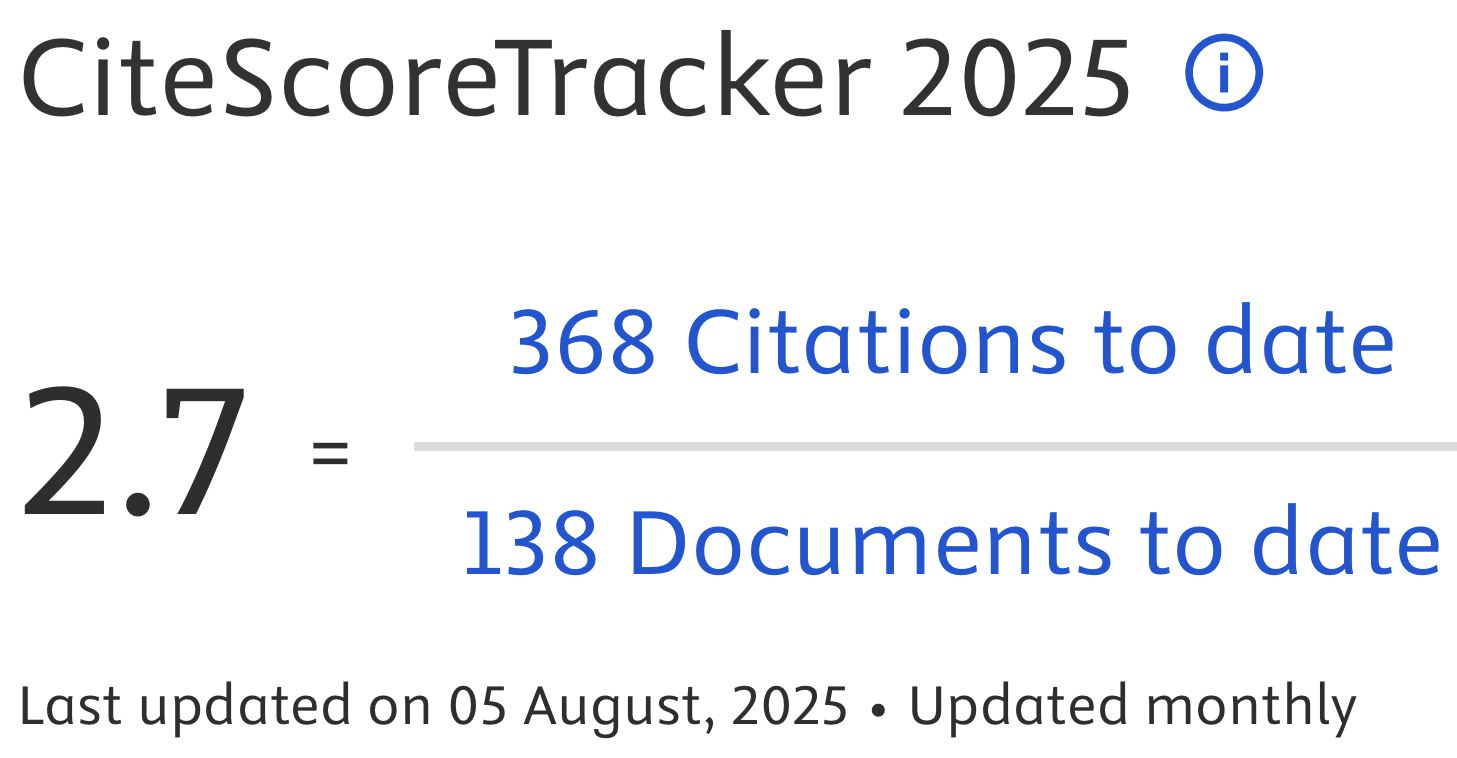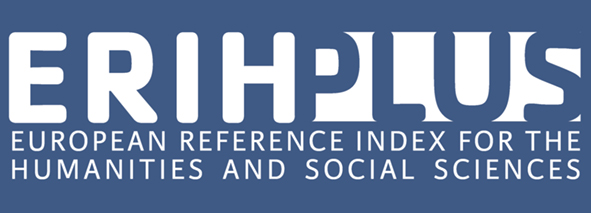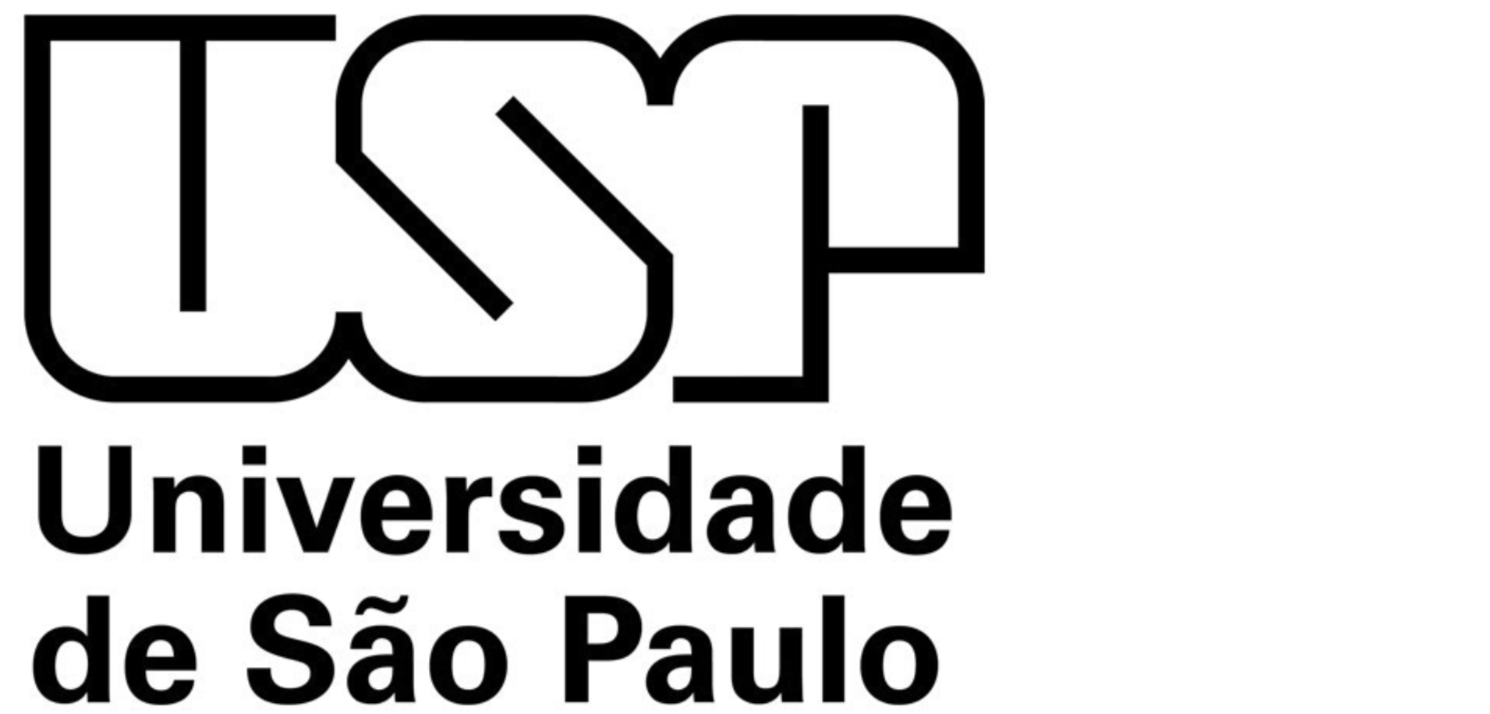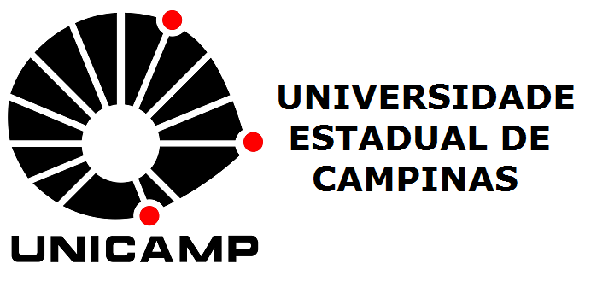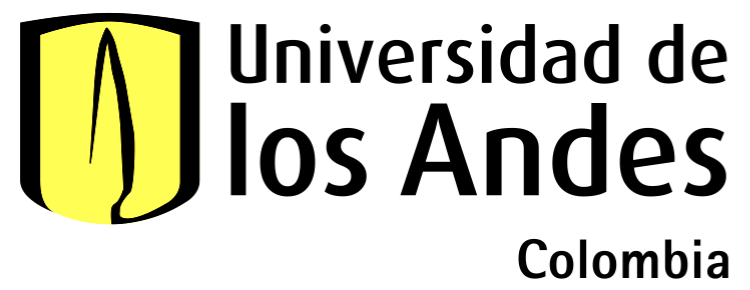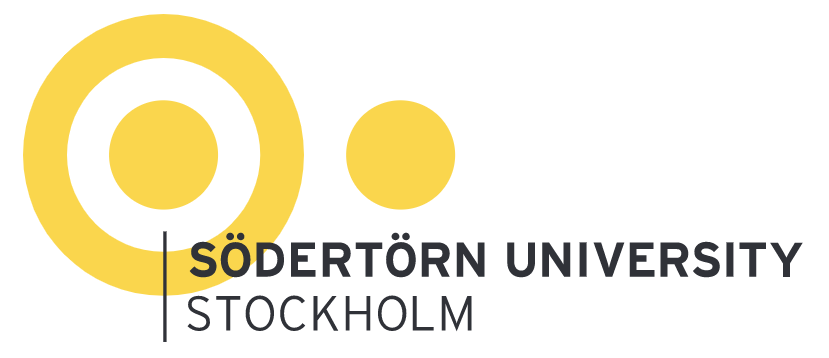Design, technology, and poverty – Devices for the design of architecture, objects, and society
DOI:
https://doi.org/10.69143/2464-9309/1722025Keywords:
poverty, education, economic growth, co-project, sustainabilityAbstract
The paper analyses the contribution of Technological and Environmental Design and Architecture to overcoming poverty, one of the most urgent contemporary challenges, in line with Goal 1 of the UN Agenda 2030. Contextualising this issue in the global scenario, this paper critically illustrates some international events, research and good practices that are replicable and adaptable in similar contexts and are contributing to the cultural debate and action to eradicate poverty. It will be highlighted how the two disciplines can act in synergy as a pedagogical and economic tool, capable of promoting a culture of dignity and possibility for the design of architectures, objects, and societies, influencing, in a multidimensional way, the impact of poverty on people’s lives.
Article info
Received: 27/04/2025; Revised: 06/05/2025; Accepted: 27/05/2025
Downloads
Article Metrics Graph
References
Antonelli, P. and Tannir, A. (2019), Broken Nature, Triennale di Milano, Electa.
Barba-Court, K. (2016), “Italian Design Students Explore Poverty and Deprivation in ‘Aesthetics of Misery’”, in Plain, newspaper online, 16/11/2016. [Online] Available at: plainmagazine.com/italian-design-students-explore-poverty-deprivation-aesthetics-misery/ [Accessed 10 May 2025].
Bianchessi, E. (2018), “Liveinslums – A Mathare, tra scarti e rifiuti, l’utopia di una social farm”, in Domus, vol. 1028, pp. 96-97.
Britton, G. M. (2017), Co-Design and Social Innovation – Connections, Tension and Opportunities, Routledge, New York.
Casiddu, N., Burlando, F. and Chen, B. (2024), “Human-de-centred Design – Verso una (nuova) era della sofferenza | Human-de-centred Design – Towards a (new) era of suffering”, in Agathón | International Journal of Architecture, Art and Design, vol. 16, pp. 242-249. [Online] Available at: doi.org/10.19229/2464-9309/16212024 [Accessed 10 May 2025].
Dardi, D. and Pasca, V. (2019), Manuale di Storia del Design, Silvana Editoriale, Milano.
Davidová, M., Barath, S. and Dickinson, S. (2023), “Ambienti culturali con prospettive non solo umane – Prototipazione attraverso ricerca e formazione | Cultural environments with more-than-human perspectives – Prototyping through research and training”, in Agathón | International Journal of Architecture, Art and Design, vol. 13, pp. 165-178. [Online] Available at: doi.org/10.19229/2464-9309/13142023 [Accessed 10 May 2025].
De Lucchi, M. (2018), “Authenticity”, in Domus, vol. 1028, p. 34.
Dunne, A. and Raby, F. (2013), Speculative Everything – Design, Fiction, and Social Dreaming, The MIT Press, Cambridge (MA).
Ghosh, A. (2017), La grande cecità – Il cambiamento climatico e l’impensabile, Neri Pozza, Vicenza.
Giachetta, A. and Buondonno, L. (2024), “La formazione dell’Architetto in realtà complesse – Un nuovo approccio sul piano cognitivo | Architect training in multifaceted environments – A new cognitive level approach”, in Agathón | International Journal of Architecture, Art and Design, vol. 16, pp. 50-59. [Online] Available at: doi.org/10.19229/2464-9309/1642024 [Accessed 10 May 2025].
Hadengue, M., de Marcellis-Warin, N. and Warin, T. (2017), “Reverse Innovation – A systematic literature review”, in International Journal of Emerging Markets, vol. 12, issue 2, pp. 142-182. [Online] Available at: doi.org/10.1108/IJoEM-12-2015-0272 [Accessed 10 May 2025].
Hasell, J., Rohenkohl, B., Arriagada, P. Ortiz-Ospina, E. and Roser, M. (2022), “Poverty”, in OurWorldinData.org. [Online] Available at: ourworldindata.org/poverty [Accessed 10 May 2025].
IDMC – Internal Displacement Monitoring Center (2023), 2023 Global Report on Internal Displacement. [Online] Available at: internal-displacement.org/global-report/grid2023/ [Accessed 10 May 2025].
IGS – Independent Group of Scientists appointed by the Secretary-General (2023), Global Sustainable Development Report 2023 – Times of crisis, times of change – Science for accelerating transformations to sustainable development. [Online] Available at: sdgs.un.org/sites/default/files/2023-09/FINAL%20GSDR%202023-Digital%20-110923_1.pdf [Accessed 10 May 2025].
Irwin, T. (2015), “Transition Design – A Proposal for a New Area of Design Practice, Study, and Research”, in Design and Culture | The Journal of the Design Studies Forum, vol. 7, issue 2, pp. 229-246. [Online] Available at: doi.org/10.1080/17547075.2015.1051829 [Accessed 10 May 2025].
Lawder, D. (2024), “World Bank says 26 poorest nations in worst financial shape since 2006”, in Reuters, newspaper online, 15/10/2024. [Online] Available at: reuters.com/world/world-bank-says-26-poorest-countries-worst-financial-shape-since-2006-2024-10-13/ [Accessed 10 May 2025].
Lefebvre, H. (2014), Il diritto alla città [or. ed. Le Droit à la ville, 1968], Ombre Corte, Bologna.
Losco, G., Pasqualini, C. and Khodaparast, M. (2024), “Rivitalizzare le comunità rurali – Autosufficienza energetica e valorizzazione delle risorse boschive locali | Revitalising rural communities – Energy self-sufficiency and valorisation of local forest resources”, in Agathón | International Journal of Architecture, Art and Design, vol. 16, pp. 174-185. [Online] Available at: doi.org/10.19229/2464-9309/16142024 [Accessed 10 May 2025].
Manzini, E. (2015), Design, When Everybody Designs – An Introduction to Design for Social Innovation, MIT Press, Cambridge (MA).
Mari, E. (2002), Autoprogettazione?, Corraini Edizioni, Mantova.
Marini, S. (2025), “Miserabilia – Investigating the Spaces and Specters of Misery”, in About | The Global Architectural Platform, vol. 1, pp. 66-71.
Marini, S. (2024), “Miserabilia”, in Vesper | Rivista di Architettura, Arti e Teoria, vol. 11, pp. 6-9.
Matysek-Imielińska, M. (2024), “Francis Kéré – A Spokesperson of African Architecture? – Modernism and Decolonization”, in Przegląd Socjologii Jakościowej, vol. 20, issue 3, pp. 122-141. [Online] Available at: doi.org/10.18778/1733-8069.20.3.06 [Accessed 10 May 2025].
Montuori, L., Converso, S. and Rabazo Martín, M. (2024), “Spazi pubblici della transizione energetica – Un progetto a Nepi per il New European Bauhaus | Public spaces of the energy transition – A design in Nepi for the New European Bauhaus”, in Agathón | International Journal of Architecture, Art and Design, vol. 15, pp. 138-147. [Online] Available at: doi.org/10.19229/2464-9309/15102024 [Accessed 10 May 2025].
Morin, E. (2020), “Per l’uomo è tempo di ritrovare sé stesso”, interview by Scialoja, A., in Avvenire.it, 15/04/2020. [Online] Available at: avvenire.it/agora/pagine/per-luomo-tempo-di-ritrovare-se-stesso [Accessed 10 May 2025].
Morpurgo, E. (2024), “Biomateriali e zone umide – Filiere per l’edilizia e il tessile dalla valorizzazione di ecosistemi locali | Biomaterials and wetlands – Supply chains for construction and textiles through the enhancement of local ecosystems”, in Agathón | International Journal of Architecture, Art and Design, vol. 16, pp. 314-323. [Online] Available at: doi.org/10.19229/2464-9309/16262024 [Accessed 10 May 2025].
Olivastri, C. and Tagliasco, G. (2024), “Servizi per il riuso e il riparo – L’allestimento tra touchpoints e infrastrutture relazionali | Services for reuse and repair – The arrangement between touchpoints and relational infrastructures”, in Agathón | International Journal of Architecture, Art and Design, vol. 15, pp. 324-331. [Online] Available at: doi.org/10.19229/2464-9309/15272024 [Accessed 10 May 2025].
Papanek, V. (1973), Design for the Real World – Human Ecology and Social Change, Bantam Books, New York. [Online] Available at: monoskop.org/images/f/f8/Papanek_Victor_Design_for_the_Real_World.pdf [Accessed 10 May 2025].
Rawsthorn, A. and Antonelli, P. (2022), Design Emergency – Building a better future, Phaidon Press, London.
Sen, A. (1999), Development as Freedom, Alfred A. Knopf, New York.
Slessor, C. (2009), “Primary School by Diébédo Francis Kéré, Gando, Burkina Faso”, in The Architectural Review, 01/10/2009. [Online] Available at: architectural-review.com/today/primary-school-by-diebedo-francis-kere-gando-burkina-faso [Accessed 10 May 2025].
Szekely, E. and Mason, M. (2018), “Complexity theory, the capability approach, and the sustainability of development initiatives in education”, in Journal of Education Policy, vol. 34, issue 5, pp. 669-685. [Online] Available at: doi.org/10.1080/02680939.2018.1465999 [Accessed 10 May 2025].
Testoni, C. (2025), “Foster, Colomina e Obrist tra i curatori della Triennale 2025, che apre a maggio a Milano”, in Domus, newspaper online, 05/03/2025. [Online] Available at: domusweb.it/it/notizie/2025/03/05/triennale-milano-2025.html [Accessed 10 May 2025].
UN – United Nations (2015), Transforming Our World – The 2030 Agenda for Sustainable Development. [Online] Available at: sustainabledevelopment.un.org/post2015/transformingourworld [Accessed 10 May 2025].
UNDP – United Nations Development Programme (2024), 2024 Global Multidimensional Poverty Index (MPI) – Poverty amid conflict. [Online] Available at: hdr.undp.org/content/2024-global-multidimensional-poverty-index-mpi#/indicies/MPI [Accessed 10 May 2025].
Valenti, A. and Ricci, G. (2025), “Toward a planetary architecture”, in About | The Global Architectural Platform, newspaper online, 30/04/2025. [Online] Available at: aboutplatform.com/focus-on/toward-a-planetary-architecture [Accessed 10 May 2025].
Venant, E. (1987), “Grand Designs – Frank Gehry, Prophet of Cheapskate Architecture, Makes a Bid for Permanence”, in Los Angeles Times, newspaper online, 03/05/1987. [Online] Available at: latimes.com/archives/la-xpm-1987-05-03-tm-8181-story.html [Accessed 10 May 2025].
Vollmann, W. T. (2020), I poveri, Minimum Fax, Roma.
World Bank Group (2024), Ending Poverty for Half the World Could Take More Than a Century. [Online] Available at: worldbank.org/en/news/press-release/2024/10/15/ending-poverty-for-half-the-world-could-take-more-than-a-century [Accessed 10 May 2025].
World Bank Group (2023), Rising Strong – Peru Poverty and Equity Assessment. [Online] Available at: worldbank.org/en/country/peru/publication/resurgir-fortalecidos-evaluacion-de-pobreza-y-equidad-en-el-peru [Accessed 10 May 2025].
Zannoni, M., Succini, L., Rosato, L. and Pasini, V. (2024), “Transitional industrial designer – La responsabilità di progettisti e imprese per una transizione sostenibile | Transitional industrial designer – The responsibility of designers and companies for a sustainable transition”, in Agathón | International Journal of Architecture, Art and Design, vol. 15, pp. 332-343. [Online] Available at: doi.org/10.19229/2464-9309/15282024 [Accessed 10 May 2025].
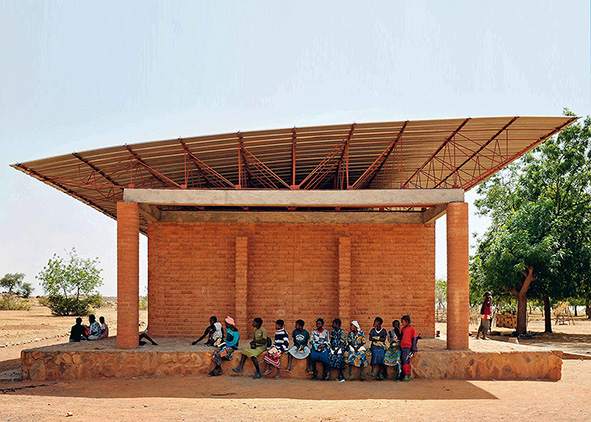
Downloads
Published
Versions
- 10-07-2025 (2)
- 30-06-2025 (1)
How to Cite
Issue
Section
Categories
License
Copyright (c) 2025 Alessandro Valenti, Francesca Scalisi, Cesare Sposito, Davide Fabio Colaci, Giacomo Moor

This work is licensed under a Creative Commons Attribution 4.0 International License.
This Journal is published under Creative Commons Attribution Licence 4.0 (CC-BY).
License scheme | Legal code
This License allows anyone to:
Share: copy and redistribute the material in any medium or format.
Adapt: remix, transform, and build upon the material for any purpose, even commercially.
Under the following terms
Attribution: Users must give appropriate credit, provide a link to the license, and indicate if changes were made; users may do so in any reasonable manner, but not in any way that suggests the licensor endorses them or their use.
No additional restrictions: Users may not apply legal terms or technological measures that legally restrict others from doing anything the license permits.
Notices
Users do not have to comply with the license for elements of the material in the public domain or where your use is permitted by an applicable exception or limitation.
No warranties are given. The license may not give users all of the permissions necessary for their intended use. For example, other rights such as publicity, privacy, or moral rights may limit how you use the material.






